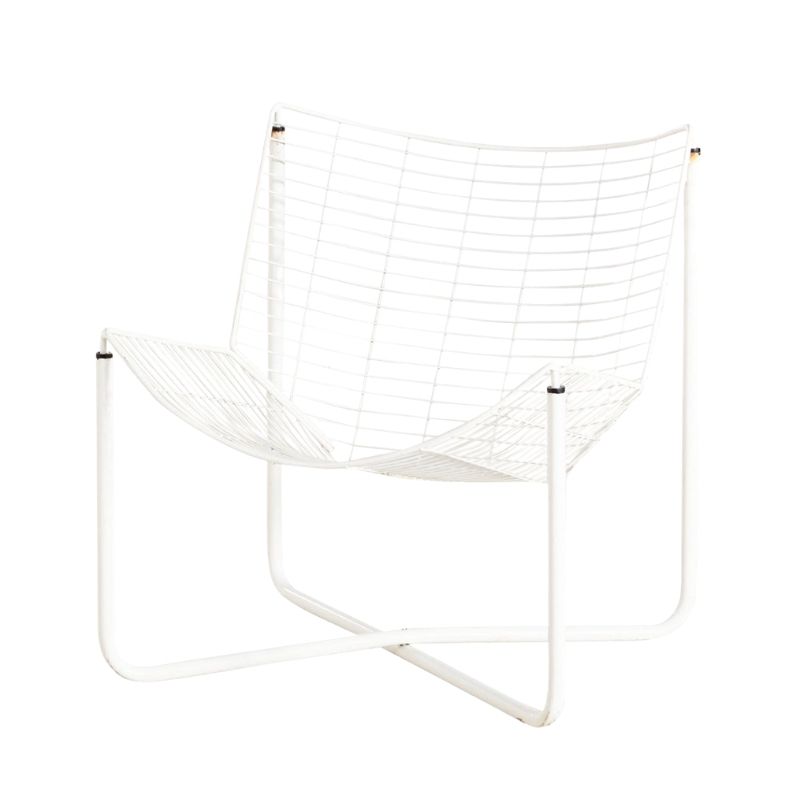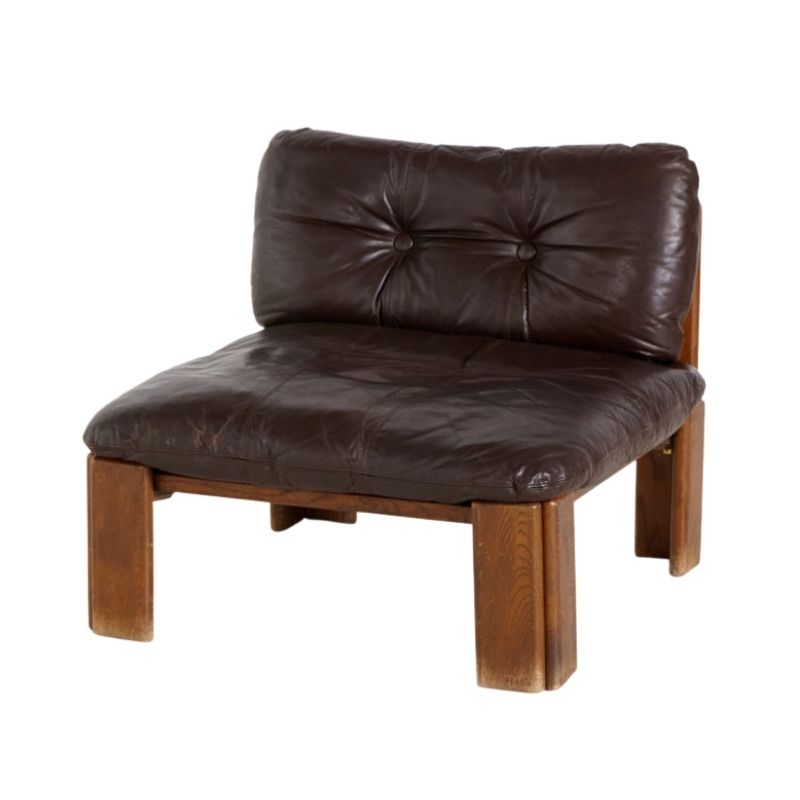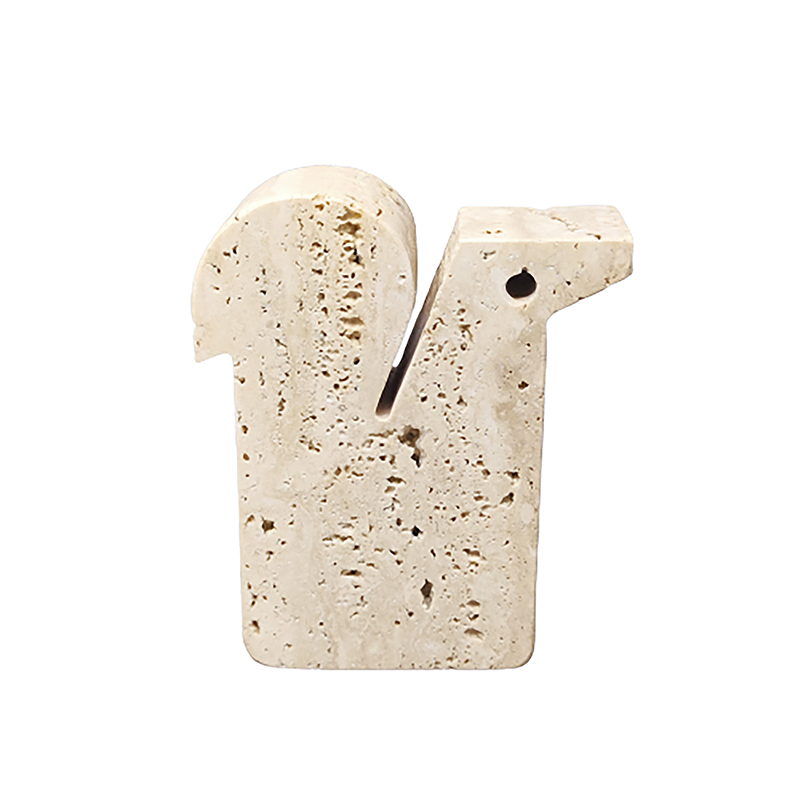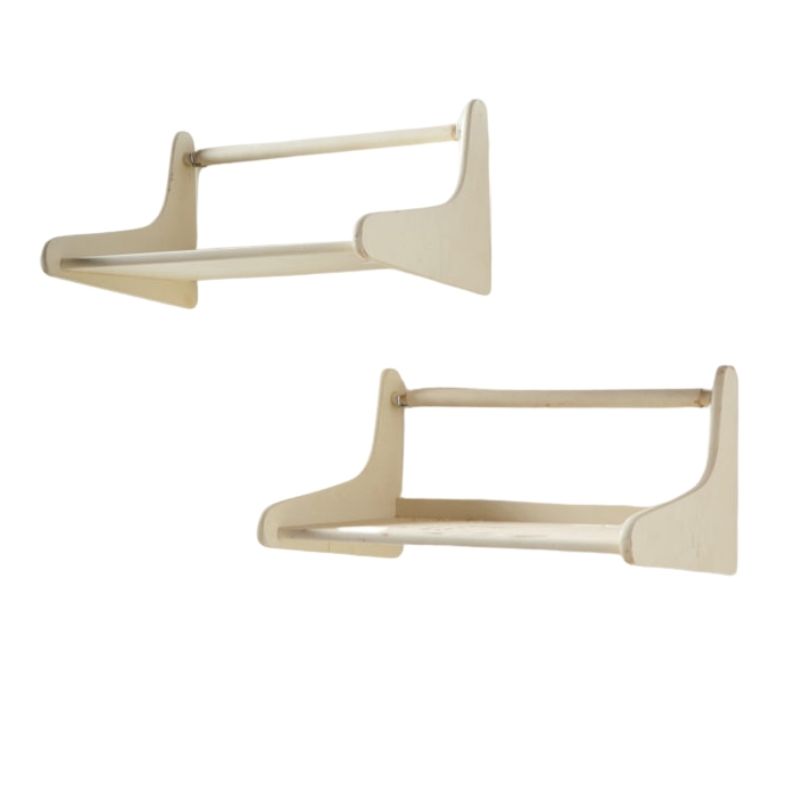Hi there - may ask people like @cdsilva whether you consider oiling teak furniture a crime sometimes. For example you have a teak chair where the teak in the parts that are more used, say the backrest, is at a different color than the legs (the legs are thus darker, the backrest tends to a lighter brown, for example). Would you leave it as it is to preserve the history of the chair, or would you oil with steelwool to get a more uniform color. I am not sure the same rule applies for "rare" or "more common" pieces, maybe it does.
thank you for sharing your thoughts
My understanding is that regular/periodic oiling of MCM pieces, which originally had an oil finish, is acceptable from a valuation and "originality" perspective. This would be in direct contrast to older antique periods which used stained finishes more, and Antiques Roadshow tells us we should not do any "cleaning" for those finishes beyond a clean or damp cloth.
In most cases, I clean/oil teak with 0000 wool, which retains most of the existing oiled finish patina while removing dirt/grime. Only in cases where the finish is completely shot do I opt for stripping and/or sanding and starting a new oiled finish from scratch.
Even then, I haven't noticed much of a value loss for most pieces when this has to be done. Some buyers prefer the appearance of freshly sanded/oiled teak. I prefer the aged look.
Maybe in 100 years, the answer will be different for this pieces.
I agree with the other two here, don't think it's as important on designs from this period. I think the majority of items would benefit from a light abrasive clean - Icertainly like to do it with item I have.
The exception I'd make, or the area I'd suggest extra caution is not with teak, but with rosewood. It's very easy to rub off years of UV damage which I do think is valuable in the way a more traditional antique's "patina" is. But again, probably not an issue with 0000 steel wool.
If you need any help, please contact us at – info@designaddict.com









